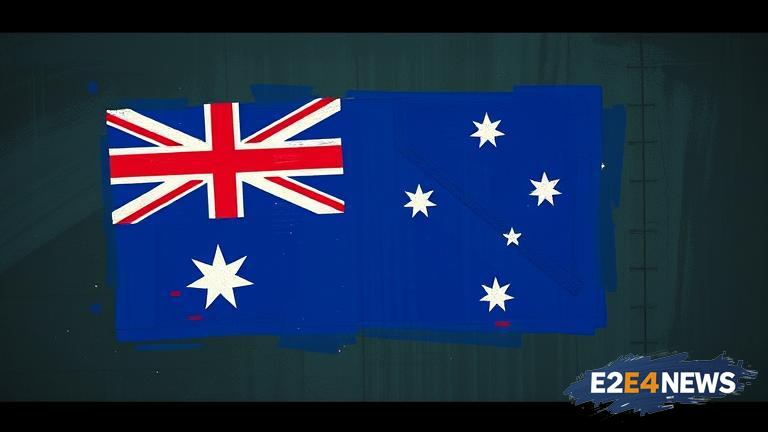In a significant reversal of its previous stance, the Australian government has announced a ban on YouTube accounts for children under the age of 16. This move is aimed at protecting minors from the potential risks associated with online platforms, including cyberbullying, exposure to explicit content, and the collection of personal data. The decision comes after mounting pressure from parents, educators, and child advocacy groups, who have long been concerned about the impact of social media on young minds. According to the new regulations, children under 16 will no longer be able to create YouTube accounts or access certain features on the platform. The ban is expected to come into effect immediately, with YouTube being given a deadline to comply with the new rules. The Australian government has stated that the ban is necessary to ensure the safety and well-being of its youngest citizens, and to prevent the exploitation of minors by online predators. The move has been welcomed by many, who believe that it is a step in the right direction towards protecting children from the potential dangers of the internet. However, others have expressed concerns about the ban, citing concerns about censorship and the potential impact on freedom of expression. The Australian government has assured that the ban will be reviewed regularly to ensure that it is effective and proportionate. The ban on YouTube accounts for children under 16 is part of a broader effort by the Australian government to regulate online platforms and protect its citizens from online harm. The government has also announced plans to introduce new laws to regulate social media companies and hold them accountable for the content they host. The move is seen as a significant step towards creating a safer online environment for all Australians, and is expected to be closely watched by other countries around the world. The ban has also raised questions about the role of parents and guardians in monitoring their children’s online activities, and the need for greater education and awareness about online safety. Many experts believe that the ban is a necessary measure, given the potential risks associated with online platforms, and the need to protect minors from exploitation and harm. Others have argued that the ban is too broad, and that it will have unintended consequences, such as driving children to use other, less regulated platforms. The Australian government has stated that it will continue to monitor the situation and make adjustments as necessary. The ban on YouTube accounts for children under 16 is a significant development in the ongoing debate about online safety and regulation. It highlights the need for governments and online platforms to work together to create a safer online environment, and to protect minors from the potential risks associated with online activities. The move is also seen as a reflection of the growing concern about the impact of social media on young minds, and the need for greater regulation and oversight. As the situation continues to evolve, it is likely that we will see further developments and announcements from the Australian government and other countries around the world. The ban on YouTube accounts for children under 16 is a significant step towards creating a safer online environment, and is expected to have far-reaching implications for online platforms and users around the world. In conclusion, the ban on YouTube accounts for children under 16 is a necessary measure to protect minors from online harm, and is part of a broader effort by the Australian government to regulate online platforms and create a safer online environment. The move is seen as a significant step towards protecting children from exploitation and harm, and is expected to be closely watched by other countries around the world.
